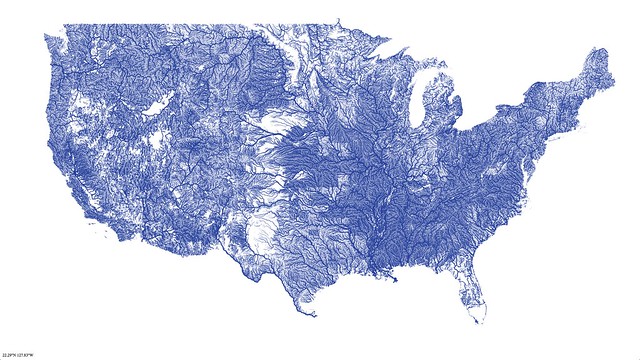
The Atlas for the End of the World collects a series of world maps that measure our planet’s environmental well-being. More specifically, they examine the amount of protected area in our planet’s biological hotspots, especially relative to the UN Convention on Biological Diversity’s 2020 conservation targets. Created by landscape architects, the accompanying text (by project lead Richard J. Weller) tends toward the abstruse and verbose, but the maps themselves are quite interesting. (I note that they make extensive use of the Goode homolosine projection, which is refreshing.) [Geo Lounge]










